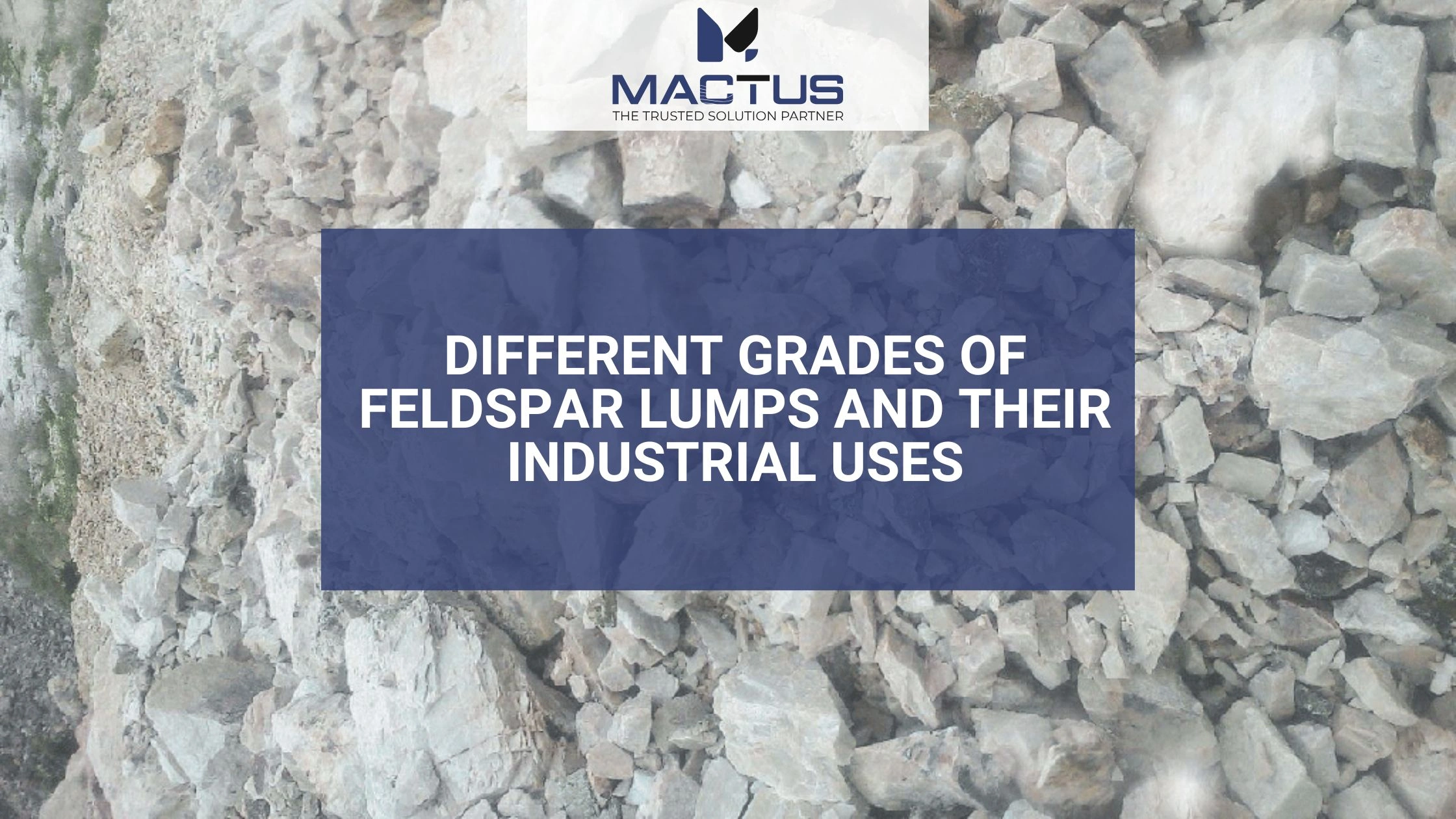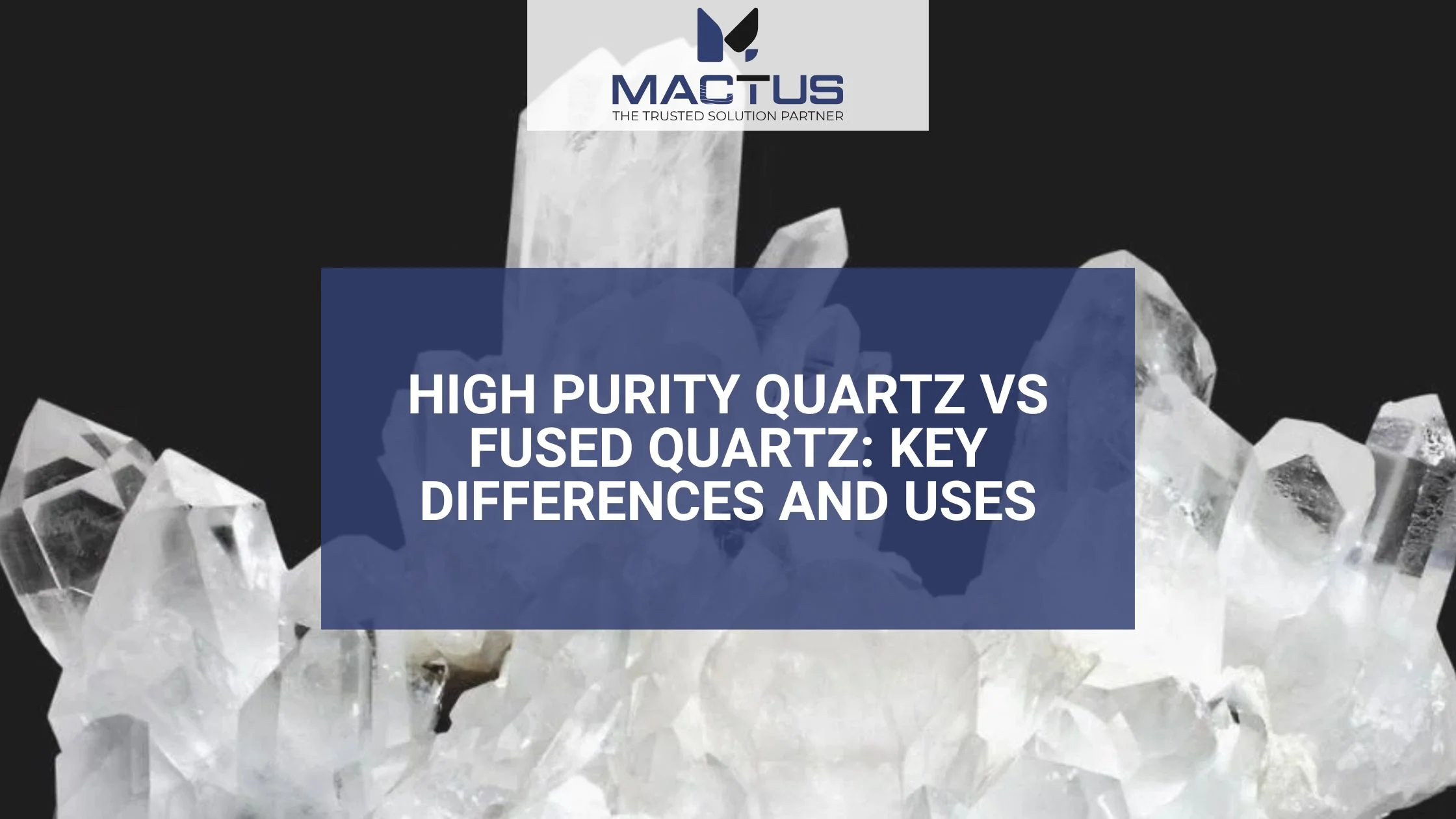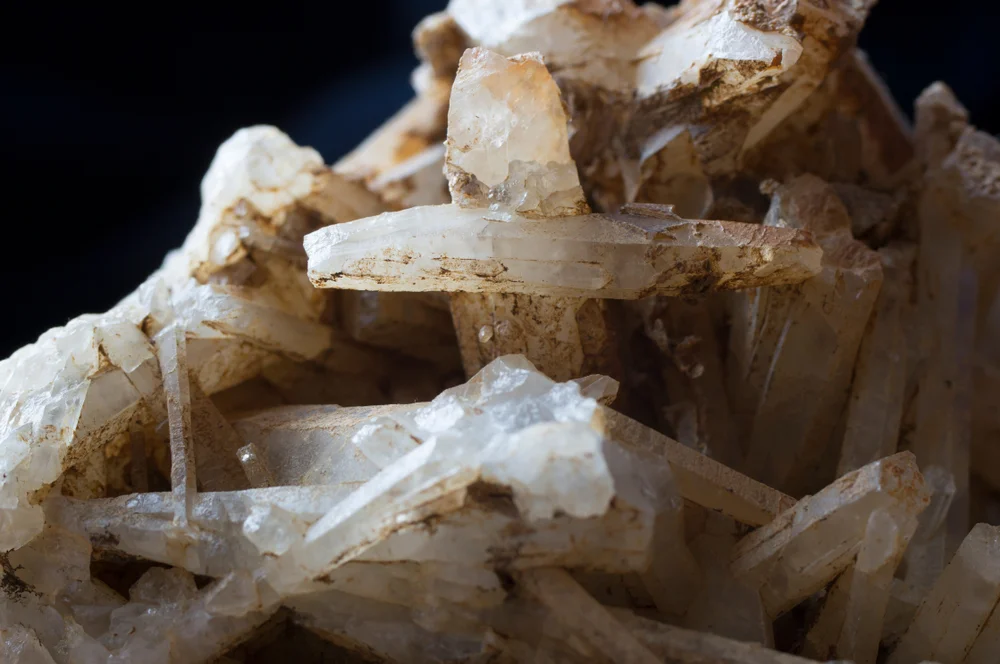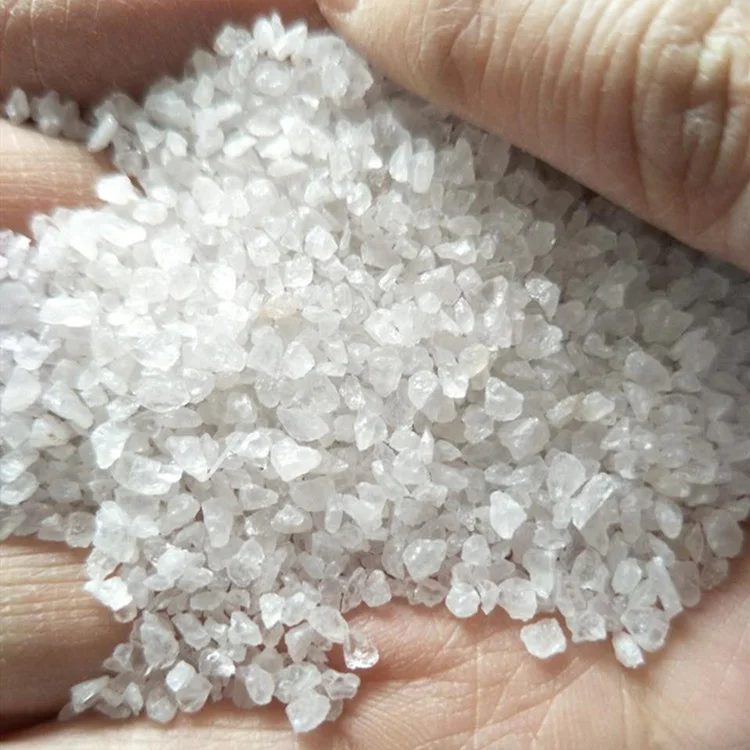

Connect With Our Team

Quartz-based materials, primarily composed of silicon dioxide (SiOâ‚‚), are fundamental in various advanced technologies and industries. High chemical purity, thermal stability and optical clarity make them unique and with the properties required for application in electronics, optics, solar energy and precision manufacturing. Among these materials, high purity quartz and fused quartz can be singled out as special case materials because the former possesses particularly specialized characteristics and the latter is produced through a specialized manufacturing process. Although both their origins lie in silica material, their physical structure, production and applications are incomparable. However, for engineers, scientists and industrial buyers to choose the right quartz material for their particular technical and commercial demands, a real grasp of these differences is essential.
Naturally occurring quartz refined to a degree in which the chemical purity is extremely high, all constituents other than silicon dioxide being at least 99.99%. The need for this level of purity is critical to applications where even minor impurities result in product or line efficiency defects. The exceptional natural purity for which it is renowned makes HPQ mostly mined from just a very small number of geological deposits worldwide, of which the most well-known is the Spruce Pine area of North Carolina, USA.

After extraction, the quartz is carefully purified by physical washing, magnetic separation, chemical leaching to dissolve metallic contaminants and high temperature thermal treatment to drive off remaining contaminants. Elimination of trace amounts of metals such as aluminum, iron, titanium and lithium which would otherwise affect the quartz’s performance in the sensitive application, is aided by these processes.
Extracted from rare natural deposits with inherent high purity.
Undergoes extensive chemical and thermal processing to remove impurities.
Resulting material often supplied as purified quartz powder or crystalline chunks.
Vital for applications requiring contamination-free substrates or crucibles.
Synthetic material fused quartz is melted by melting of high-purity silica sand or quartz crystals at temperatures greatly exceeding 1,700°C. The crystalline structure is transformed into an amorphous, noncrystalline glass-like solid without long-range atomic order in this melting process. Fused quartz comprises no grain boundaries or crystal defects and consequently exhibits very high homogeneity, excellent optical transparency and impressive resistance to thermal shock.

The material is cast into a variety of shapes, e.g. rods, tubes, plates and complex moulded parts using electric arc melting and gas-oxygen flame fusion production methods. While synthetic, fused quartz nevertheless carries very high purity levels, but will carry some small amount of hydroxyl (OH) groups which can affect use in high temperature or optical applications.
Produced by melting silica at ultra-high temperatures, creating an amorphous solid
Offers superior optical clarity across ultraviolet to infrared spectra.
Exhibits excellent resistance to thermal shock and chemical attack.
Widely used in laboratory glassware, optics, and semiconductor processing equipment.
While both high purity quartz and fused quartz originate from silica, their distinct production routes create important differences in structure, properties, and usage:
| Aspect | High Purity Quartz | Fused Quartz |
| Origin | Naturally occurring, crystalline | Man-made by melting silica |
| Production | Mining + chemical and thermal refining | Melting and solidification of silica |
| Structure | Crystalline (ordered atomic lattice) | Amorphous (non-crystalline glass) |
| Purity Level | >99.995% SiOâ‚‚, extremely low impurities | Extremely pure but may contain trace hydroxyl groups |
| Thermal Properties | Good stability but less thermal shock resistance | Exceptional thermal shock resistance |
| Optical Properties | Less transparent due to microcrystals | Superior optical transparency, especially in UV |
| Cost | Higher cost due to rarity and complex processing | Generally lower cost but energy-intensive to produce |
The absolute requirement of high-purity quartz applications, where any level of contamination will disrupt or diminish product performance is due to its unparalleled chemical purity and crystalline structure. Its uses include :
Semiconductor Industry: Used for manufacturing silicon wafers, quartz crucibles, and tubes due to its low metal content which minimizes defects during chip fabrication.
Solar Energy: High-purity quartz serves as a raw material for photovoltaic cells, enabling higher solar energy conversion efficiencies by reducing impurity-driven losses.
Optical Fibers: They provide a consistent refractive index and minimal attenuation in fiber optic cables.
Specialty Glass Manufacturing: Used to make lenses, prisms, and other optical components that demand precise chemical and structural quality.
Fused quartz’s unique combination of thermal stability, optical clarity, and chemical inertness makes it ideal for a wide range of demanding industrial and scientific applications:
Laboratory Equipment: Crucibles, reaction vessels, and tubing that withstand rapid temperature changes without cracking.
Industrial Furnaces: Components exposed to extremely high temperatures and thermal cycling.
Lighting Industry: Components for UV lamps, halogen bulbs, and infrared emitters benefit from fused quartz’s clarity and heat resistance.
Optical and Scientific Instruments: Lenses, prisms, and windows requiring high optical quality and durability.
Fused quartz is outstandingly resistant to thermal shock, allowing the material to be cycled at very rapid heating and cooling rates. On the other hand, high-purity quartz is more susceptible to fracture under thermal stress for some quartz, although it generally has good thermal stability.
Fused quartz contains the superior optical clarity found in other glasses (except in ultraviolet and infrared wavelengths), but high-purity quartz crystals scatter light caused by grain boundaries and micro inclusions.
These materials resist most chemicals, strong acids, except hydrofluoric acid (fluoride). Nevertheless, fused quartz demonstrates greater chemical inertness under very high aggressive environments and higher temperatures.
Fused quartz has greater elasticity and tolerance to fracture than high-purity quartz crystals, which are harder and more abrasion-resistant; the result is their toughness under harsh conditions.
The production of high purity quartz is associated with high environmental impacts related to extensive mining operations in limited natural deposits such as habitat disruption and resource depletion. Then the energy and water consumption footprint is added to chemical purification.
On the other hand, like fused quartz, although a synthetic process, low-grade silica sources can be used in production and high energy inputs are needed to melt the high-melting quartz. Economically, high-purity quartz is rare and highly processed and priced proportionally, thus, it is scarce and fit for applications only where there is high purchasing power. On the other hand, fused quartz is a bit less expensive and more easily available and the performance-to-price ratio makes it a favorite for most industrial scientific applications.
Both high purity quartz and fused quartz must comply with stringent international quality standards to ensure consistent performance and reliability:
High Purity Quartz: ASTM and ISO standards regulate maximum permissible impurity levels, particularly for iron, aluminum, and titanium content, crucial for semiconductor and solar industries.
Fused Quartz: Certification focuses on hydroxyl content, optical transmission, thermal shock resistance, and fusion quality. Specific grades (such as “electronic grade”) are defined for sensitive applications.
Working with certified suppliers guarantees materials meet the necessary technical and safety requirements, avoiding costly failures in downstream processes.
As the global digitalization trend gains pace and more interventions are undertaken at the global level to mitigate climate change, high-purity quartz demand continues to rise alongside booming semiconductor and renewable energy markets. Fused quartz is also increasingly finding use in optical communication, aerospace and medical devices, driven by enabling technology that calls for robust materials that retain good thermal and optical properties. Production method innovations seek to lower energy consumption and materials’ environmental impact. Emerging technologies, including quantum computing and next generation photonics, are likely to increase demand for both materials still further.
Choosing which material of quartz to select is demanding, as a cost, environmental and technical need should be assessed.

For applications where ultra-low contamination is mandatory, opt for a high purity type of quartz, used in semiconductor wafer manufacturing or in high efficiency photovoltaic cells.
For superior thermal shock resistance, optical clarity and chemical durability in harsh environments, fused quartz is selected.
Production costs and availability are factored into a better cost-performance balance of fused quartz for many industrial applications.
Engage with trusted suppliers, material experts, to validate the technical specifications, test performance and guarantee all regulatory and quality certifications are met. Unlike other routes to market, you can’t rely on unreliable sources of sourcing without a marginal risk.
Get the Best Price on Industrial Minerals
Mactus Mineral is one of the leading manufacturers and exporters of high grade industrial minerals such as high purity quartz, Mica, kaolin clay, feldspar and more. Mactus Mineral has become famous for its guaranteed product quality and very strict testing standards, as well as the ability to supply maximal volumes of any products needed by the customer. In partnership with experts in the industry, such as Mactus Mineral, you obtain premium raw materials that meet extraordinary industrial standards and provide you with reliable and excellent projects.
There are several misunderstandings surrounding quartz materials that can lead to improper usage or unrealistic expectations:
High-purity quartz and fused quartz are fundamentally different materials, not interchangeable despite their common silicon dioxide base.
Fused silica is a subtype of fused quartz with even higher purity and lower hydroxyl content, often used in the most demanding optical applications.
Marketing terms like “high purity” or “optical grade” may be loosely applied, so always verify technical data sheets and certification.
The crystalline nature of HPQ means it will behave differently under thermal or mechanical stress compared to the amorphous fused quartz.
Each of the alloys offers certain unique benefits to its industrial use. For applications needing high purity (chemical) and high thermal resistance and high optical clarity, fused quartz has high values and excels, while high purity quartz excels in higher purity applications (chemical). There are particular technical demands and cost considerations in selecting the right material. By partnering with trusted suppliers such as Mactus Mineral for your high-quality quartz, you’ll gain access to the best quartz needed to deliver reliable and efficient results in advanced technologies.
Whatsapp Chatx
Hi! Click one of our representatives below to chat on WhatsApp or send us email to [email protected] [email protected]
 |
Mr. Vivek Rajpara +91 75750 53447 |
 |
Mr. Nikunj Vadaliya +91 98240 66283 |
